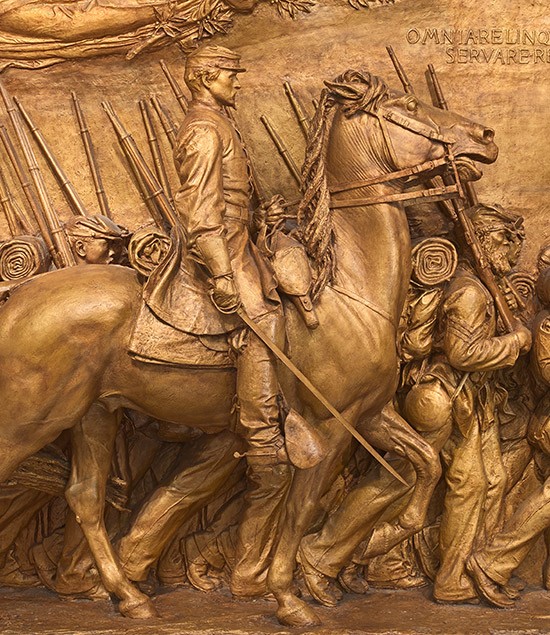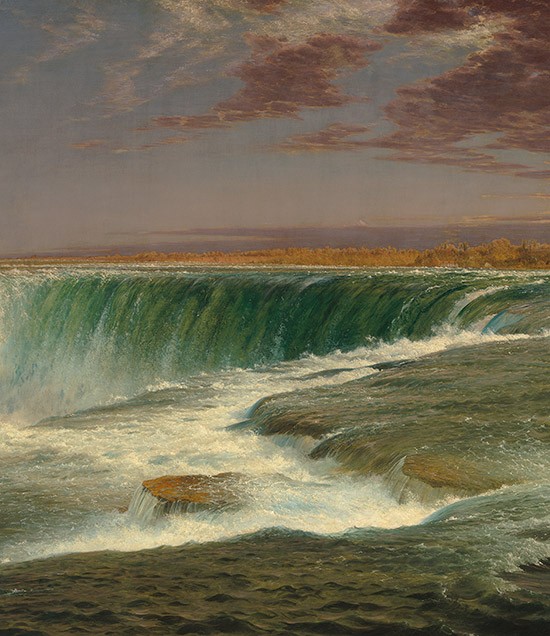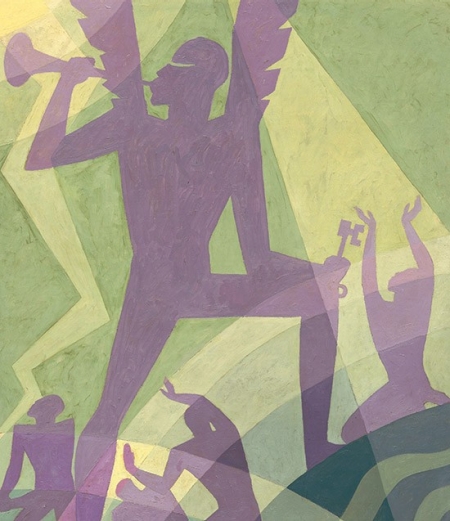The National Gallery of Art is made up of two large buildings and a sculpture garden. In the West Building you'll find paintings and sculptures from the medieval period through the late ninteenth century, while the East Building contains works from the twentieth century through today. Use the questions below to create your own journey!
CHOOSE | Find a work of art that catches your eye. Look at it for sixty seconds.
SHARE | Discuss three details you notice. If you could, what would you ask the artist?
COMPARE | Look at an artwork nearby. What is similar or different? Why do you think they are in the same room?




















